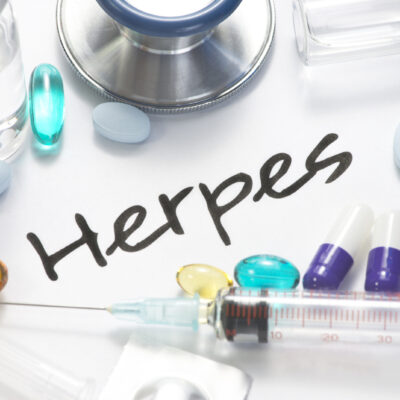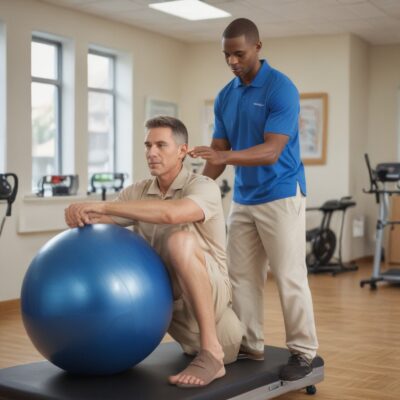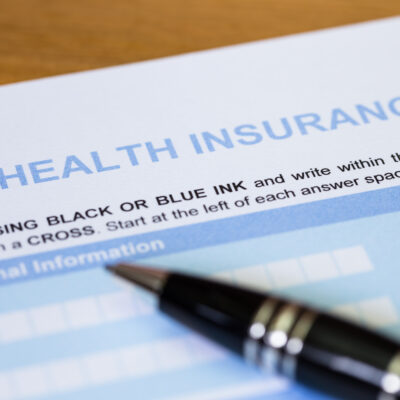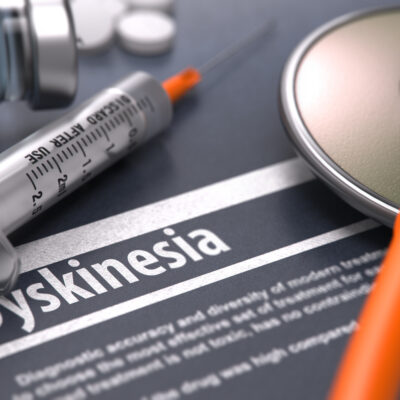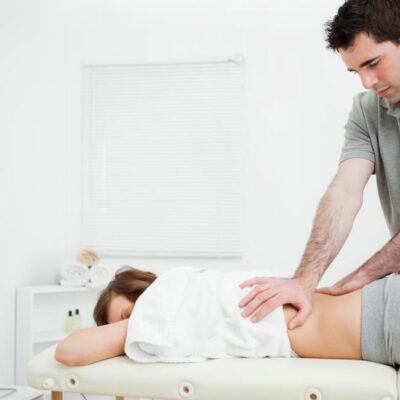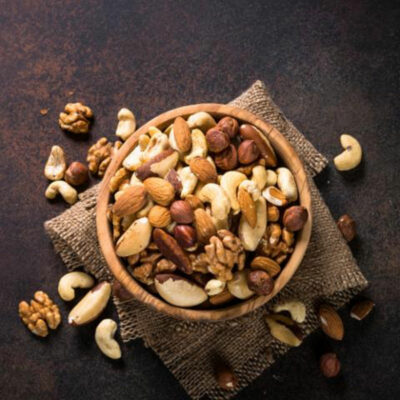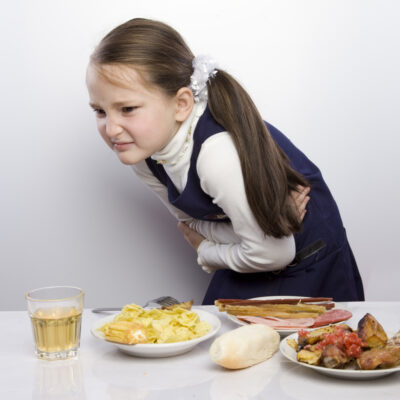
Health
Early Signs of Asthma You Shouldn’t Ignore And Treatments To Consider
Asthma can be a sneaky condition, creeping up on you with subtle signs that might be easy to dismiss. But catching these early signs is crucial to managing the condition effectively and preventing more severe complications down the road. Recognizing the symptoms early can lead to timely intervention with asthma medication drugs like inhalers and other treatments. FDA-approved drugs in the USA for asthma include inhaled corticosteroids (like fluticasone, budesonide), long-acting beta agonists (like salmeterol, formoterol), leukotriene receptor antagonists (like montelukast), biologics (like omalizumab, mepolizumab, benralizumab, dupilumab, tezepelumab), short-acting beta agonists (like albuterol, levalbuterol), anticholinergics (like tiotropium), and combination inhalers (like fluticasone/salmeterol, budesonide/formoterol, mometasone/formoterol). Here are some early signs of asthma that shouldn’t be ignored. Persistent cough A cough that just won’t quit, especially one that worsens at night or early in the morning, could be an early sign of asthma. This isn’t your average cough that comes with a cold; it’s more persistent and often dry. If the cough lingers, it might be time to consider whether asthma could be the underlying cause. It’s essential to monitor the cough and note any patterns or triggers that might exacerbate it. Shortness of breath Feeling like you’re out of breath after climbing a flight of stairs or doing light exercise can be alarming.
Read More 
